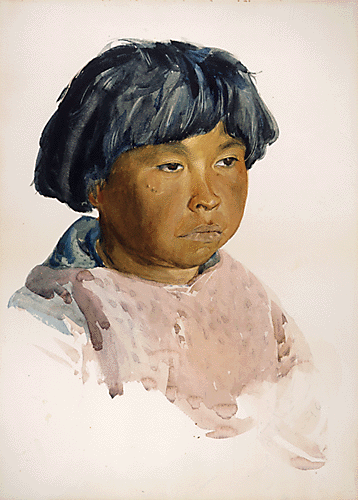On the coast due N of Penzance.

There is a local legend about a mermaid in Zennor.
Mathew Trewella was a good-looking young man with a good voice. Each evening Mathew would sing the closing hymn at the church in Zennor, solo. A mermaid living in neighbouring Pendour Cove was enchanted by the music. She dressed in a long dress to hide her long tail and walked a bit awkwardly to the church. Initially, she just marvelled at Mathew's singing before slipping away to return to the sea. She came every day, and eventually became bolder, staying longer. It was on one of these visits that her gaze met Mathew's, and they fell in love. However, the mermaid knew she had to go back to the sea or die. As she prepared to leave, Mathew said "Please do not leave, who are you, where are you from?".
The mermaid told him that she was a creature from the sea and that she must go back. Mathew was so love-struck that he swore he would follow her wherever she went. Mathew carried her to the cove and followed her beneath the waves, never to be seen again.
It is said that if you sit above Pendour Cove at sunset on a fine summer evening you might hear Mathew singing faintly on the breeze.
At St. Senara Church in Zennor visitors may see a carved bench-end over 600 years old showing the mermaid.








